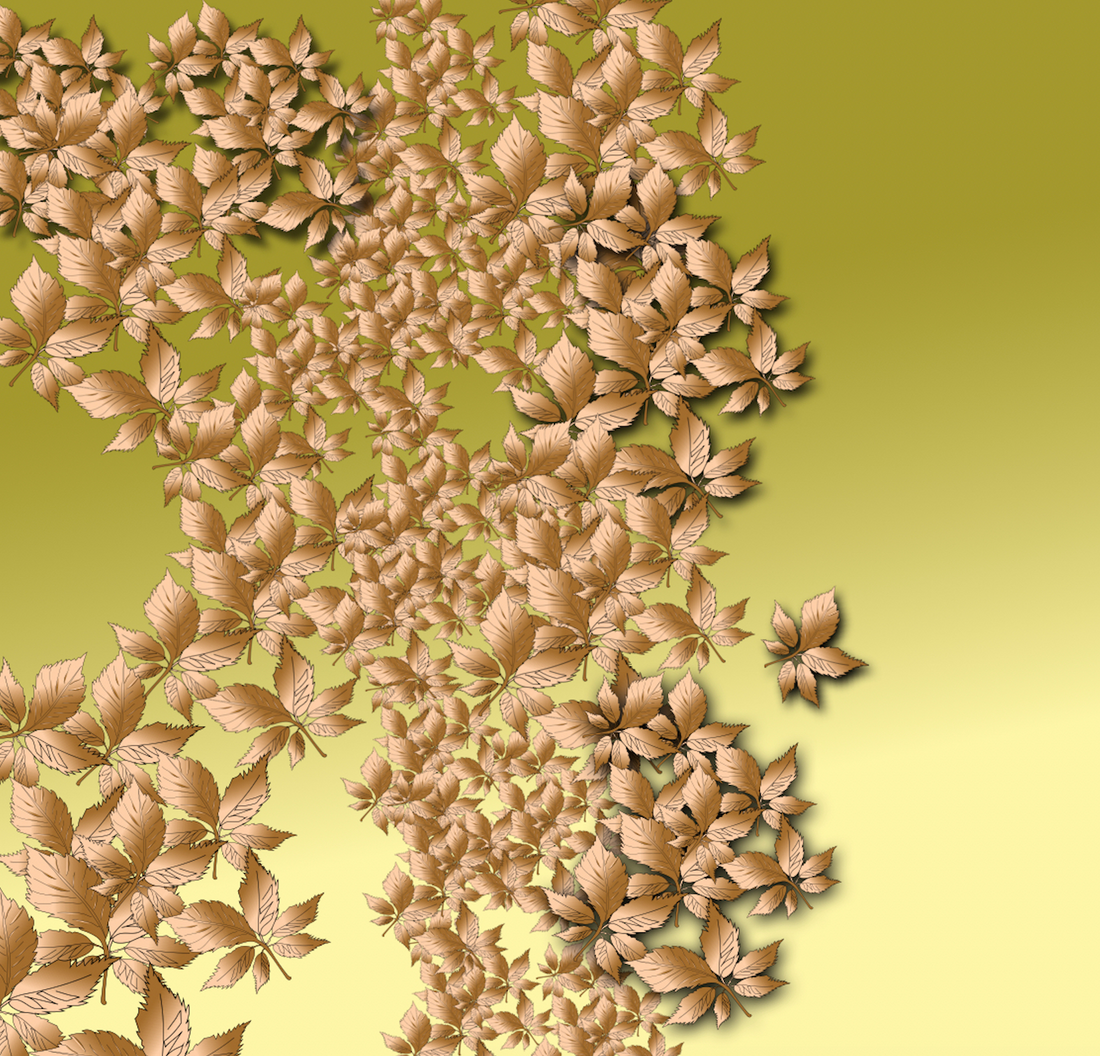
The virtues of chestnut
Share
Chestnut leaf extract (Castanea sativa) has many beneficial properties for the skin. Its use is based on a composition rich in bioactive compounds, including polyphenols, flavonoids, tannins and phenolic acids. These molecules have shown significant potential in the field of dermatology thanks to their antioxidant, anti-inflammatory and anti-microbial effects. Let's examine the underlying mechanisms of these benefits.
At the biochemical level, chestnut leaf extract is particularly rich in polyphenols, a group of compounds known for their strong antioxidant activity. Flavonoids, such as quercetin and kaempferol, are the main polyphenolic constituents of the extract. Hydrolyzable tannins, also present in large quantities, give the plant astringent but also regenerative properties. Finally, phenolic acids such as ellagic acid and gallic acid play a key role in the mechanisms of protection against skin damage.
The antioxidant activity of chestnut leaf extract is one of the main assets for skin health. Free radicals, produced during oxidative processes and promoted by external factors such as ultraviolet (UV) radiation, contribute to premature skin aging through oxidative stress mechanisms. The polyphenols contained in the extract neutralize free radicals by donating electrons, preventing them from reacting with cellular components such as lipids, proteins and DNA. The extract thus acts as a barrier against environmental aggressions, reducing the formation of wrinkles and pigment spots linked to photo-induced aging.
Furthermore, chronic skin inflammation, often caused by excessive UV exposure or immune imbalances, is a key factor in the development of skin conditions such as dermatitis, psoriasis or acne. Chestnut leaf extract has anti-inflammatory properties, partly due to its content of flavonoids and phenolic acids. These compounds inhibit the production of pro-inflammatory cytokines (such as IL-1β, TNF-α) and cyclooxygenase-2 (COX-2), a key enzyme in the inflammatory cascade. This action helps reduce inflammation, alleviate redness and promote the regeneration of damaged skin tissue.
Chestnut leaf extract exhibits antimicrobial properties, which are particularly beneficial for skin prone to skin infections. The tannins and phenolic acids in chestnut leaf act as natural antibacterial agents, inhibiting the growth of various microorganisms, including Staphylococcus aureus , a bacterium often implicated in skin infections. The antimicrobial activity also helps regulate skin flora and prevent the onset of acne, the etiology of which is often linked to the excessive proliferation of Propionibacterium acnes .
Finally, the tannins present in the extract give the chestnut leaf the ability to tighten skin tissues and pores, while improving skin elasticity. In addition, tannins promote the healing of small skin lesions, accelerating cell regeneration and improving the integrity of the epidermal barrier.
As you will have understood, chestnut leaf extract is a real asset for Cosmetics, distinguished by a synergy of antioxidant, anti-inflammatory, antimicrobial and regenerative actions. It is a versatile natural ingredient and particularly suitable for care intended to prevent the signs of aging. Its regular use helps maintain healthy, protected and rejuvenated skin, while respecting the natural biological mechanisms of skin regulation.
